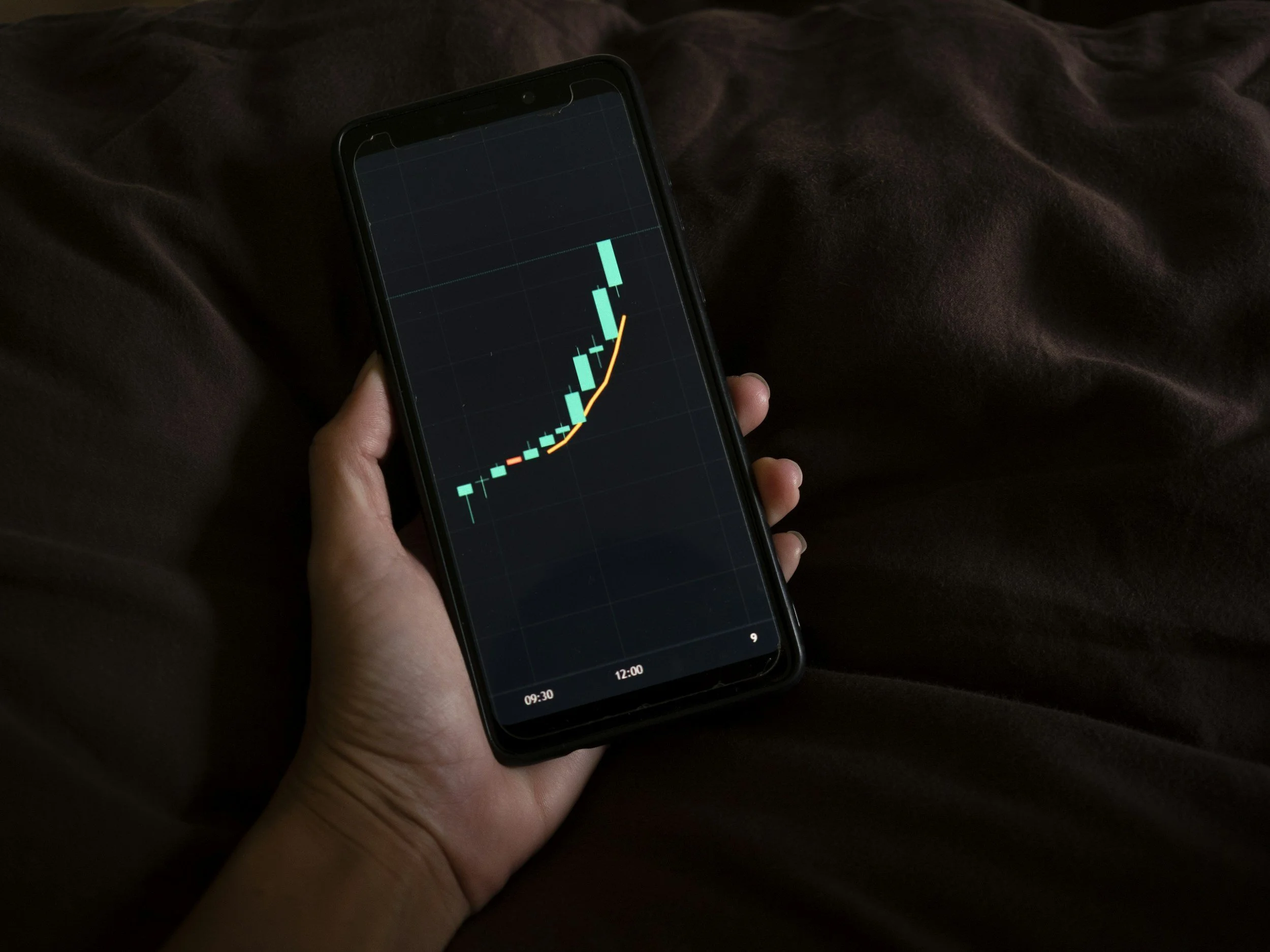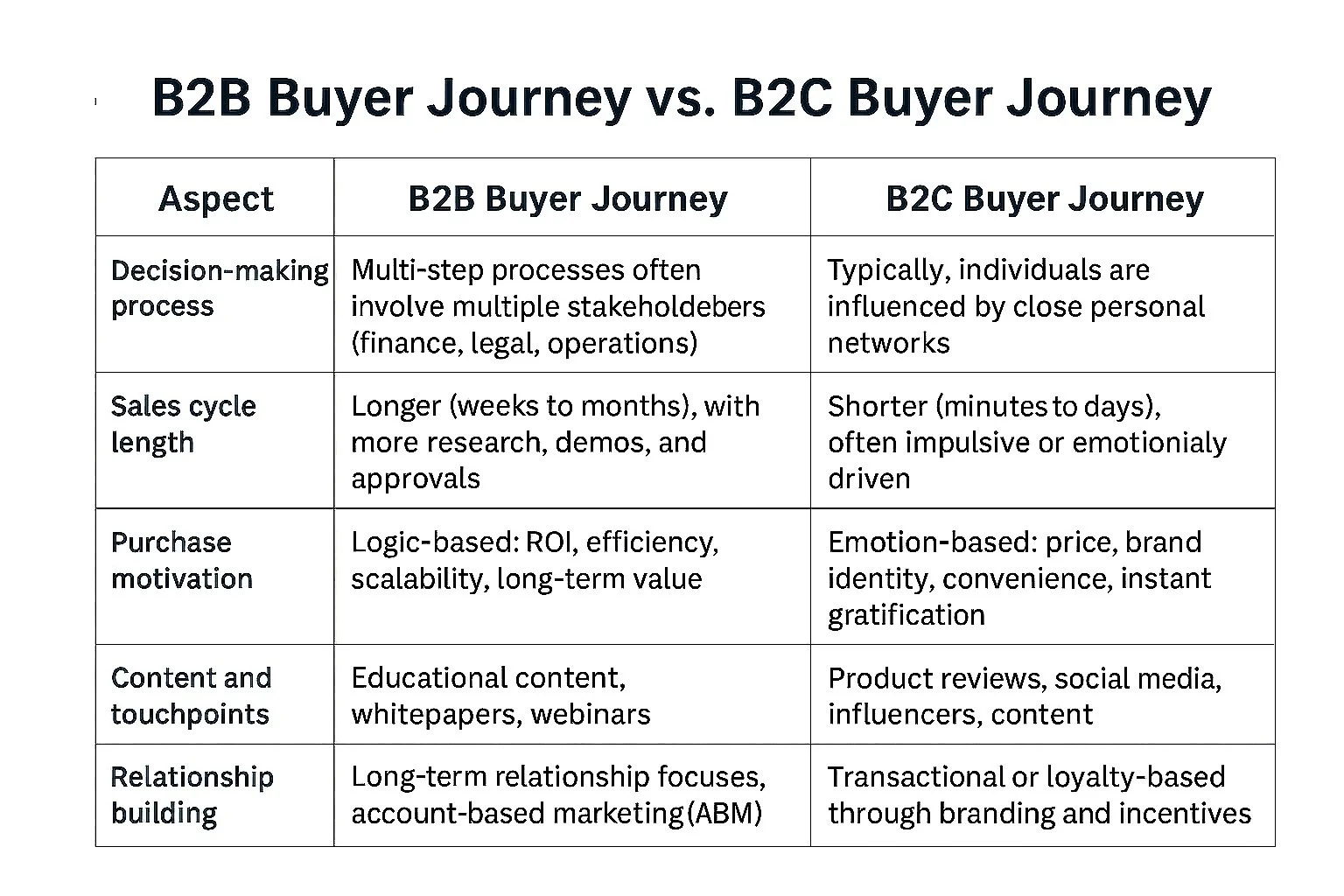Why a Unified Framework is Needed
As marketing continues to evolve in a digital-first world; it’s clear that a new framework is needed—one that addresses the demands of modern buyers and unites strategies across business models. Enter the BAG Framework: Brand, Awareness, and Growth. BAG is a strategic blueprint designed to help marketers thrive in today’s increasingly converging B2B and B2C landscapes.
It’s often said that B2B and B2C marketing operate in separate realms. However, having navigated both, I can attest that the boundaries are increasingly dissolving. Marketing's transformation from a creative art to a data-driven science has significantly narrowed the divide—and will continue to do so—as B2B marketers embrace more sophisticated digital strategies..
The Traditional B2B Landscape
Historically, B2B growth hinged on personal connections and high-touch interactions. Sales teams were the primary drivers of awareness and demand, relying on face-to-face meetings, client dinners, trade shows, and cold calls.
Before the COVID-19 pandemic, the B2B sector had begun exploring digital avenues, investing in website optimization and outbound programs. Prior to the pandemic, B2B companies allocated only about 8% of their marketing budgets to digital channels, with the majority—40% to 60%—dedicated to trade shows and industry events. However, the onset of COVID-19 prompted a significant shift, with many companies increasing their digital marketing budgets by 30% to 100% to adapt to the new environment.
The Digital Acceleration Post-COVID
The pandemic disrupted traditional B2B engagement methods, rendering in-person interactions nearly impossible. This upheaval necessitated a rapid pivot to scalable, automated, and measurable marketing efforts. Digital marketing has evolved from a "nice-to-have" to a critical survival tool, propelling B2B's transformation toward a more agile and customer-centric model.
Converging Buyer Expectations
Regardless of industry, buyers now expect seamless, tech-enabled experiences characterized by speed, personalization, and convenience—the hallmarks of B2C standards. As Baby Boomers retire and Millennials ascend to decision-making roles, purchasing behaviors have shifted dramatically. Millennials now comprise 35% of the U.S. workforce and are projected to make up 75% by 2030. This generational shift brings new expectations for digital engagement and streamlined purchasing processes.
Where B2B and B2C Converge
Digital Expectations: Both B2B and B2C buyers anticipate seamless digital experiences, including mobile-friendly websites, fast-loading content, and self-service options.
Personalization: Advancements in AI and automation enable hyper-personalized journeys for both buyer types.
Omnichannel Approach: Buyers interact with brands across multiple channels (email, web, social media, chat, etc.) before making a purchase.
Influence of Reviews and Trust: Like consumers, B2B buyers consult reviews, peer feedback (e.g., G2, Capterra), and user-generated content.
The Modern Buyer's Journey
Regardless of market segment, marketers follow similar steps in the buyer's journey; differences lie in the type of content, tone, and the speed of purchase. Buyers predominantly commence their journey with online research:
B2B Buyers: Approximately 90% of B2B buyers initiate their purchase journey online, with 67% starting with a generic search.
B2C Buyers: Approximately 97% of consumers research products and services online before purchasing.
This underscores marketers' need to elevate brand presence and create impactful awareness to drive growth.
The BAG Framework: A Strategic Blueprint for Modern Marketing
To successfully navigate the convergence of B2B and B2C expectations, marketers must anchor their efforts in three essential pillars: Brand, Awareness, and Growth (BAG). This framework is not just a catchy acronym—it’s a strategic approach designed to align with the evolving behaviors of today’s digital-first buyers, regardless of the segment.
Brand
At the core of any effective marketing strategy is a compelling brand. A strong brand identity builds trust, differentiates in a crowded marketplace, and sets the tone for all customer interactions. When your brand consistently delivers on its promises, it establishes:
Value – A clear expression of why your product or service matters.
Impact – The emotional and functional connection with the customer.
Results – Proof of performance through testimonials, case studies, and outcomes.
Awareness
Once a brand foundation is established, the next step is awareness, meaningfully bringing your brand story to the right audience. Awareness is not just about visibility; it’s about delivering the right message at the right time and place to reinforce the brand’s value. Key awareness outcomes include:
Financial gains (cost savings, ROI)
Efficiency and utilization (ease of use, operational impact)
Speed (faster delivery, quicker results)
Competitive advantage (how your brand stacks up)
Growth
Growth is the culmination of strong branding and effective awareness strategies, including increased revenue, market share, or organizational development. Growth is the measurable outcome of a well-aligned marketing strategy and should be tied directly to business objectives:
Revenue growth
Customer acquisition or retention
Market expansion
Team or talent growth
Brand equity elevation
Brand + Awareness = Growth
This simple equation highlights the importance of alignment between strategic marketing and organizational objectives. While growth isn’t one-size-fits-all, the BAG framework provides a universal foundation for achieving it, regardless of whether you're selling to businesses or consumers. In a world where B2B and B2C continue to overlap, marketers who succeed will be those who embrace convergence, prioritize digital engagement, and utilize frameworks like BAG to drive intentional and scalable success.






